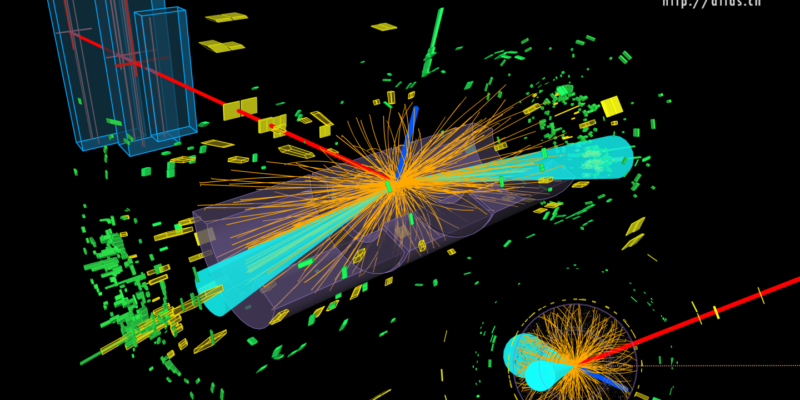
Elementary particles
An elementary particle or fundamental particle is a particle not known to have any substructure, thus it is not known to be made up of smaller particles. If an elementary particle truly has no substructure, then it is one of the basic building blocks of the universe from which all other particles are made. In the Standard Model of particle physics, the elementary particles include
the fundamental fermions and the fundamental bosons. Although elementary particles are not made up of smaller particles, some of them may change or convert to particles lighter than them via certain decay reactions. Historically, atoms were once regarded as elementary particles. The word “atom” means “that which cannot be cut” from the Greek word atomos. Later, hadrons such as protons and neutrons were considered elementary. A central feature in elementary particle theory is the early 20th-century idea of “quanta,” which revolutionized the understanding of electromagnetic radiation and brought about quantum mechanics. For mathematical purposes, elementary particles are normally treated as point particles, although some particle theories, such as string theory, point out that elementary particles have a finite non-zero size.
Fermi–Dirac statistics
Quantum statistics tell us about the distribution of uniform particles among quantum states. This means that all microscopic particles in the system are assumed to be indistinguishable, i.e. we cannot label the particles. Swapping the particles does not change the system. A branch of physics in quantum statistics, Fermi–Dirac statistics describe the distribution of particles in a
system consisting of many identical particles that obey the Pauli exclusion principle. It is named after Enrico Fermi and Paul Dirac, who discovered it independently. Fermi–Dirac statistics apply to identical particles having quasi-integer-integer spin in a system in thermal equilibrium.
Additionally, the particles in this system are known to have negligible mutual interaction. This allows many-particle systems to be described in terms of single-particle energy states. The result is the F–D distribution of particles in these states and includes the condition that no two particles can remain in the same state, which has a great effect on the properties of the system.
Particles that obey the F–D statistic are known as Fermions. This usually applies to electrons, which are fermions with spin ½.







